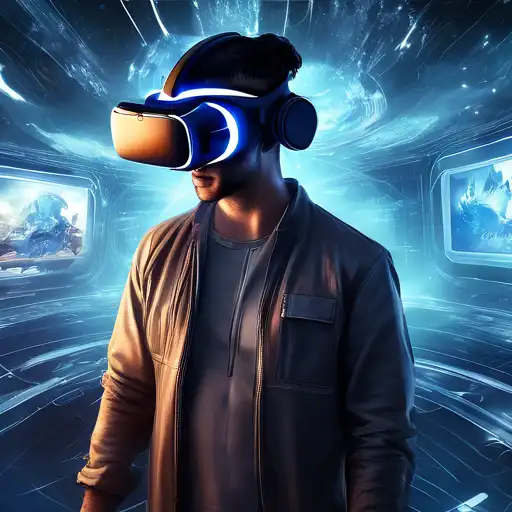Introduction to Virtual Reality
Virtual Reality (VR) has revolutionized the way we interact with digital content, offering an immersive experience that transcends traditional screen-based media. By simulating a three-dimensional environment, VR allows users to explore and interact with virtual worlds in a way that feels incredibly real.
The Evolution of Virtual Reality
From its early beginnings in the 1960s to the sophisticated systems available today, VR technology has undergone significant transformations. Innovations in hardware and software have made VR more accessible and affordable, opening up new possibilities for entertainment, education, and beyond.
Applications of Virtual Reality
VR is not just for gaming. Its applications span various industries, including healthcare, where it's used for surgical training and patient therapy, and real estate, offering virtual property tours. Education has also benefited, with VR providing immersive learning experiences that enhance understanding and retention.
The Future of Virtual Reality
As technology advances, the potential for VR continues to expand. With the development of more realistic graphics, improved motion tracking, and wireless headsets, the future of VR promises even more immersive and interactive experiences.
Getting Started with Virtual Reality
Interested in exploring VR? Start with a basic headset compatible with your smartphone or invest in a high-end system for a more comprehensive experience. Regardless of your choice, VR offers a new dimension of digital interaction that's worth exploring.
For more insights into the latest in technology, check out our technology trends section.
Conclusion
Virtual Reality is more than just a technological innovation; it's a gateway to new experiences and opportunities. As VR continues to evolve, it will undoubtedly play a significant role in shaping the future of digital interaction.
